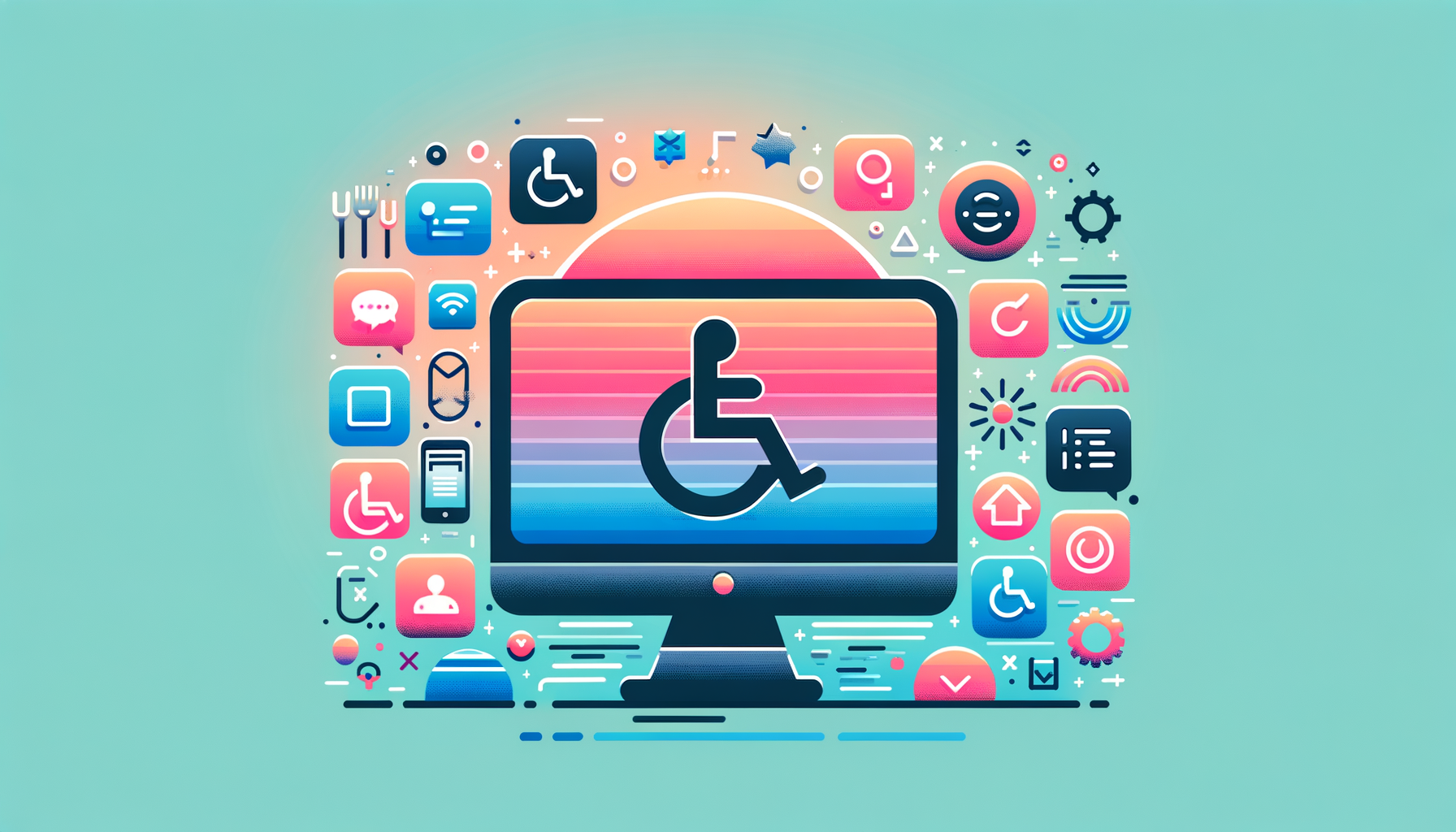
Building an Inclusive Online Presence: A Guide to WordPress ADA Compliance
In the digital age, ensuring that your website is accessible to all users is not only a moral imperative but also a legal requirement. The Americans with Disabilities Act (ADA) mandates that websites, as places of public accommodation, must be accessible to people with disabilities. Here’s a comprehensive guide on how to ensure your WordPress website is ADA compliant, leveraging the power of web accessibility plugins, best practices, and expert services.
Understanding ADA Compliance
ADA compliance is rooted in the Web Content Accessibility Guidelines (WCAG), an international standard for digital accessibility. WCAG 2.1, the current version, outlines three levels of conformance: A, AA, and AAA, with AA being the most commonly targeted level for compliance.
The Role of WordPress Accessibility Plugins
While WordPress itself is inherently ADA-friendly, with its core code meeting WCAG 2.1 Level AA standards, there are still gaps that need to be filled. This is where WordPress accessibility plugins come into play.
Popular Accessibility Plugins
- WP Accessibility: This plugin adds features like skip links, enforces alt text on images, and improves keyboard navigation.
- One Click Accessibility: Simplifies the process of making your site accessible with a single click.
- Accessibility by UserWay: Offers a range of accessibility features, including font size adjustment and color scheme changes.
- Web Accessibility by accessiBe: Uses AI to scan and fix accessibility issues in real-time.
However, it’s crucial to understand that these plugins are not a silver bullet for ADA compliance. They can help identify and fix certain issues, but human judgment is often necessary to ensure that all aspects of accessibility are addressed.
Key Steps to Achieve ADA Compliance
1. Choose an Accessible Theme
Selecting a theme that is already optimized for accessibility can save you a lot of trouble. WordPress offers free themes that meet basic accessibility requirements. Ensure that the theme you choose is vetted for WCAG standards.
2. Add Alt Text to Images
Alt text is essential for users with visual impairments. Ensure that all images on your website have descriptive alt text. Plugins like WP Accessibility can enforce this, but it’s important to manually review the accuracy of the alt text.
3. Use Proper Heading Structure
Organize your content with clear and hierarchical headings (H1, H2, H3, etc.). This helps screen readers and users with cognitive impairments navigate your site more easily.
4. Ensure Keyboard Navigation
Make sure all interactive elements on your site can be accessed via keyboard. This is crucial for users who cannot use a mouse due to motor impairments.
5. Provide Transcripts and Captions
Include transcripts for audio content and captions for video content. This ensures that users with auditory impairments can fully engage with your multimedia content.
6. Test Regularly
Use tools like the WAVE browser extension to check your website for ADA compliance issues. Regular manual audits are also essential to ensure that new and updated content meets accessibility standards.
The Importance of Manual Audits
While automated tools can identify many accessibility issues, manual audits are indispensable. These audits involve real users with disabilities testing your site to identify subjective issues that automated tools might miss. Companies like Be Accessible offer manual accessibility testing by disabled WordPress users, providing detailed reports and recommendations for improvement.
Legal and Business Implications
ADA compliance is not just about avoiding legal penalties; it also has significant business benefits. An accessible website can improve your SEO ranking, reduce the risk of lawsuits, and open your business to a broader audience, including the millions of people with disabilities.
Additional Resources and Tools
- AudioEye: Offers an AI-powered accessibility platform that tests content for over 400 accessibility and compliance issues, fixing many barriers as the page loads.
- WCAG Guidelines: The official guidelines from the World Wide Web Consortium (W3C) provide comprehensive standards for web accessibility.
- WAVE Browser Extension: A free tool available on Chrome, Firefox, and Microsoft Edge that helps you evaluate web accessibility.
Hosting and Performance Considerations
Ensuring your website is hosted on a reliable and performance-optimized server is also crucial. Hosting services like Kinsta offer high-performance hosting solutions that can support the additional demands of accessibility features without compromising site speed.
Conclusion and Next Steps
Achieving ADA compliance for your WordPress website is an ongoing process that requires a combination of automated tools, manual audits, and a commitment to inclusive design. Here are some final steps to take:
- Audit Your Website: Use tools like WAVE and manual audits to identify and fix accessibility issues.
- Choose the Right Plugins: Select plugins that specifically mention WCAG compliance and understand how they work.
- Consult Experts: If you’re unsure about any aspect of ADA compliance, consider consulting with experts like those at Be Accessible or Freshy.
- Stay Updated: Regularly update your website to ensure it remains compliant with the latest WCAG standards.
By prioritizing web accessibility, you not only ensure legal compliance but also create a more inclusive and user-friendly online presence. For more information on how to make your WordPress website ADA compliant, you can contact us at Belov Digital Agency.
In the end, making your WordPress website ADA compliant is a step towards creating a more equitable online environment, and with the right tools and expertise, it’s achievable for any business.













